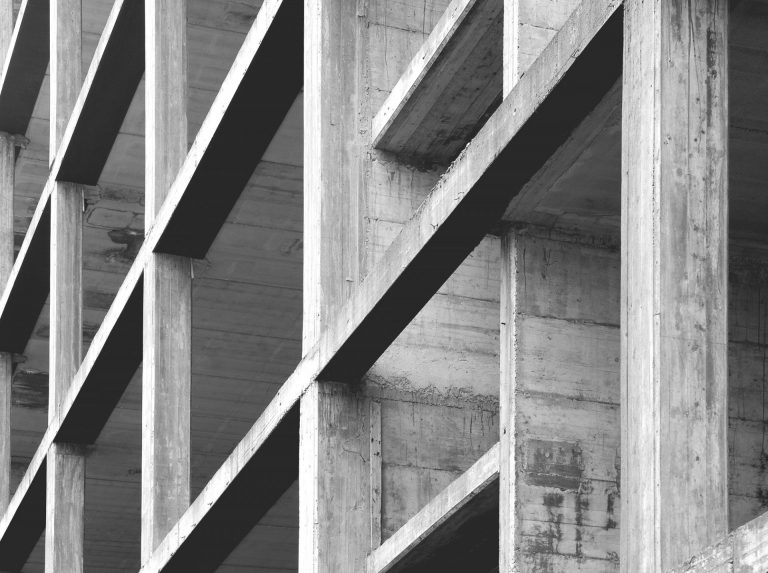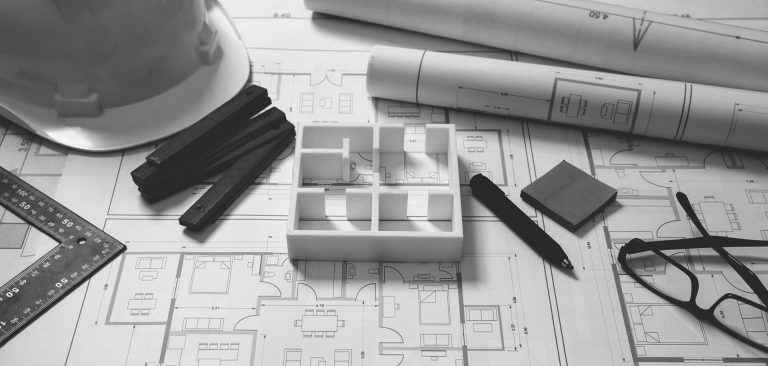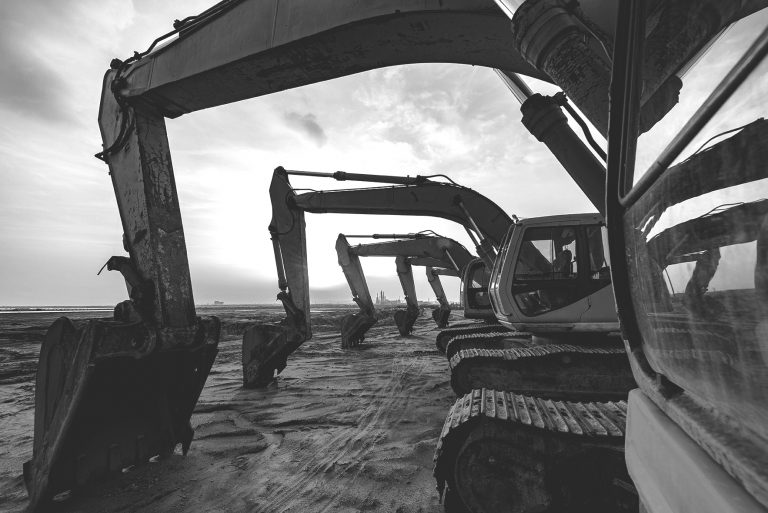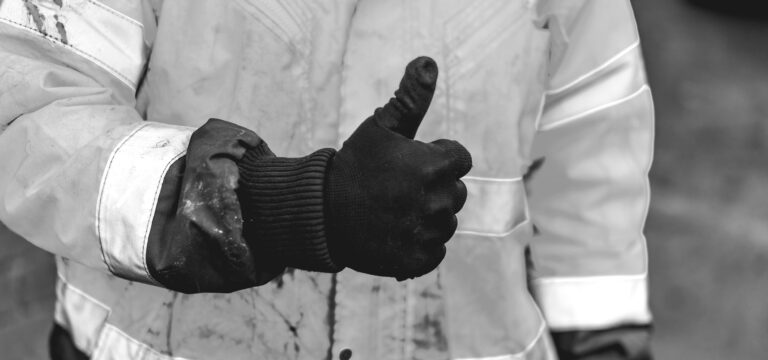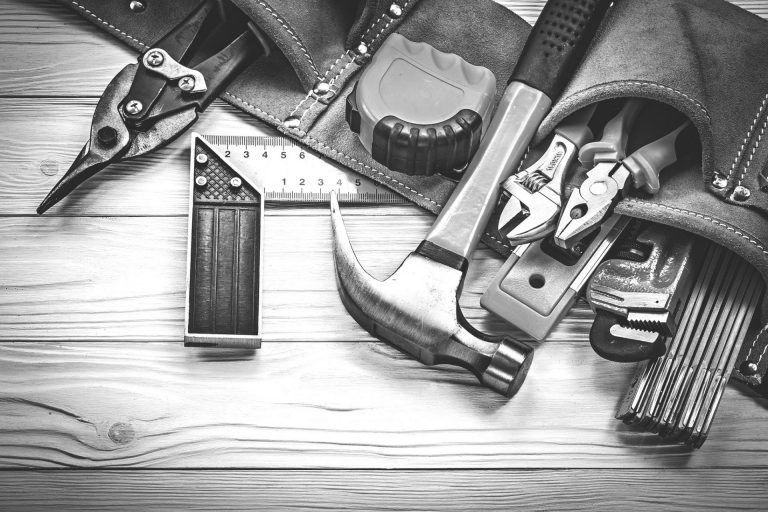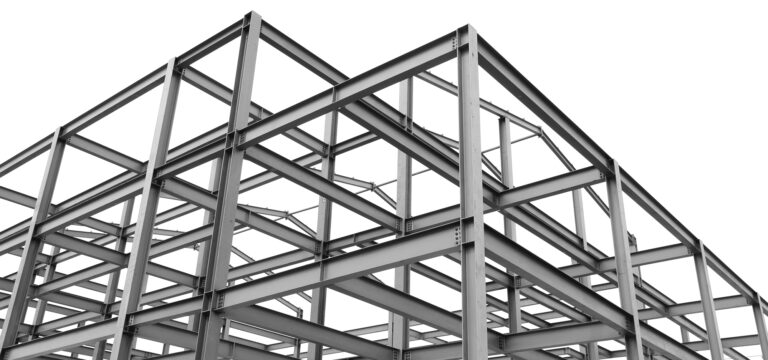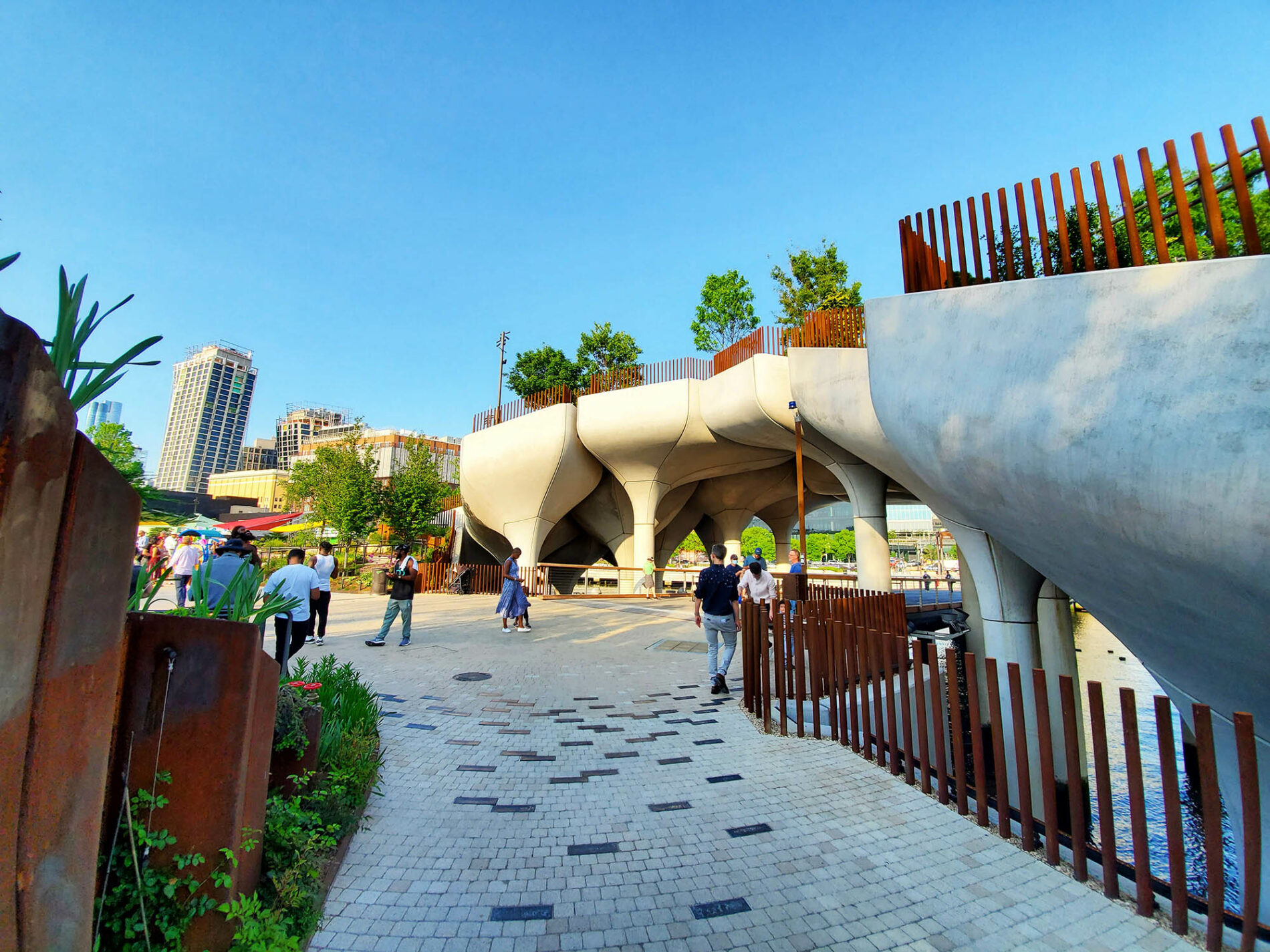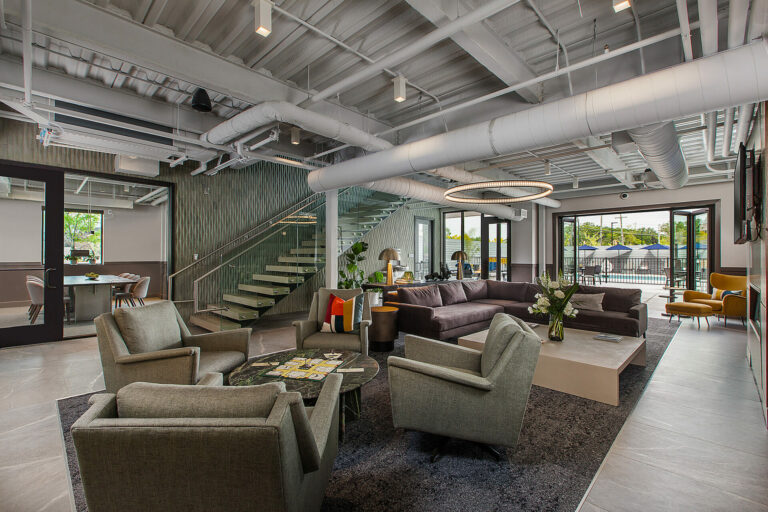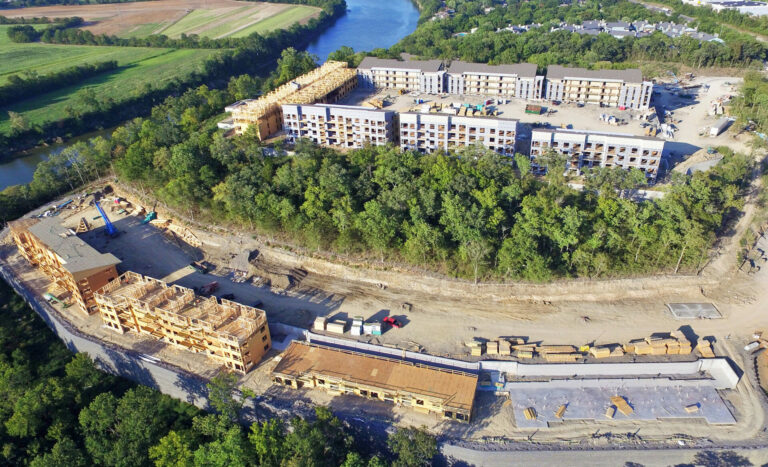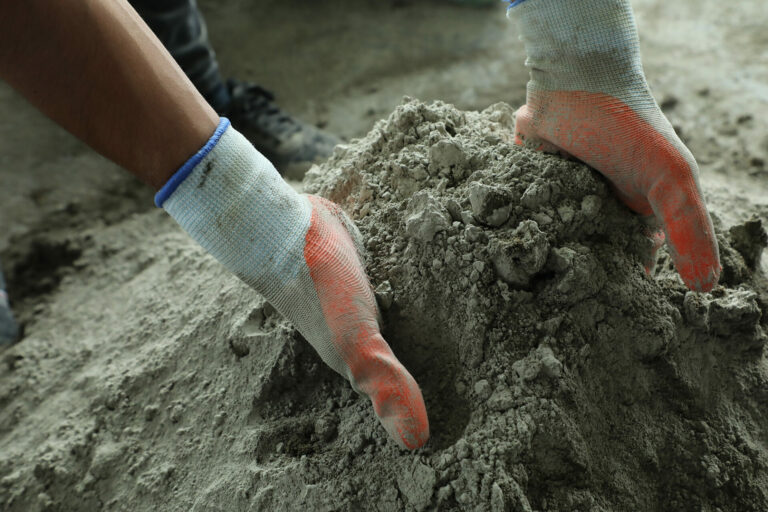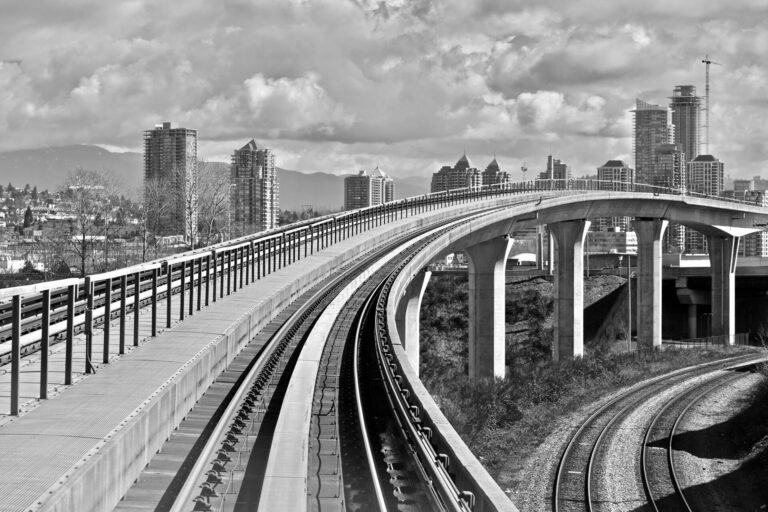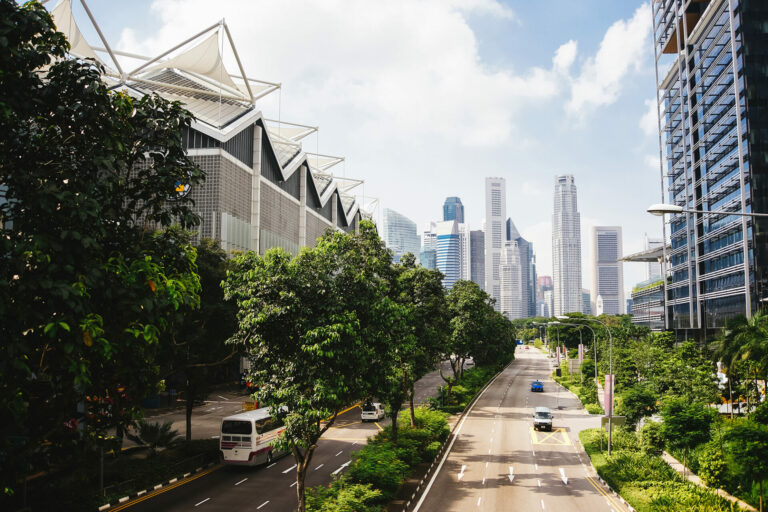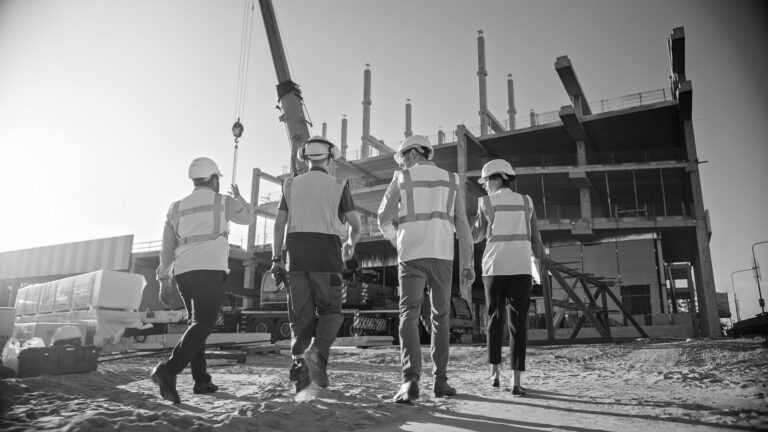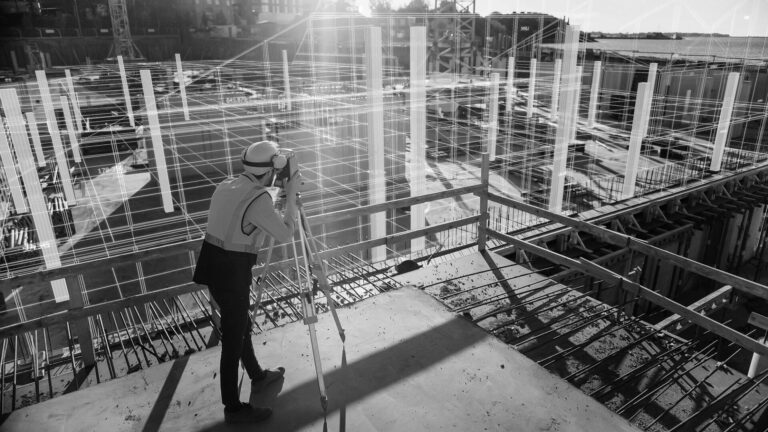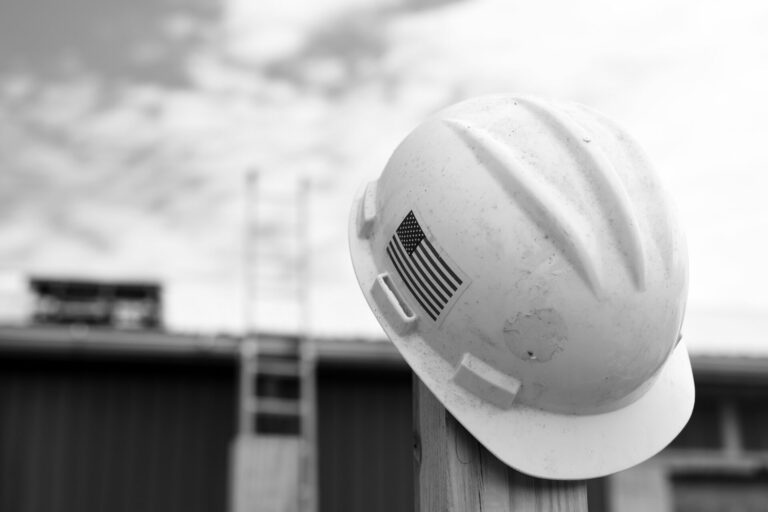The Fort Miller Group, Inc. has been steadily growing on the strength of its four companies, which together provide precast (Fort Miller Precast), security gates and custom metal fabrication (Tymetal Corp.), fencing, custom concrete formwork and formliners (Access Anvil Corp.) and graveside products and services (FM Service Corp.)
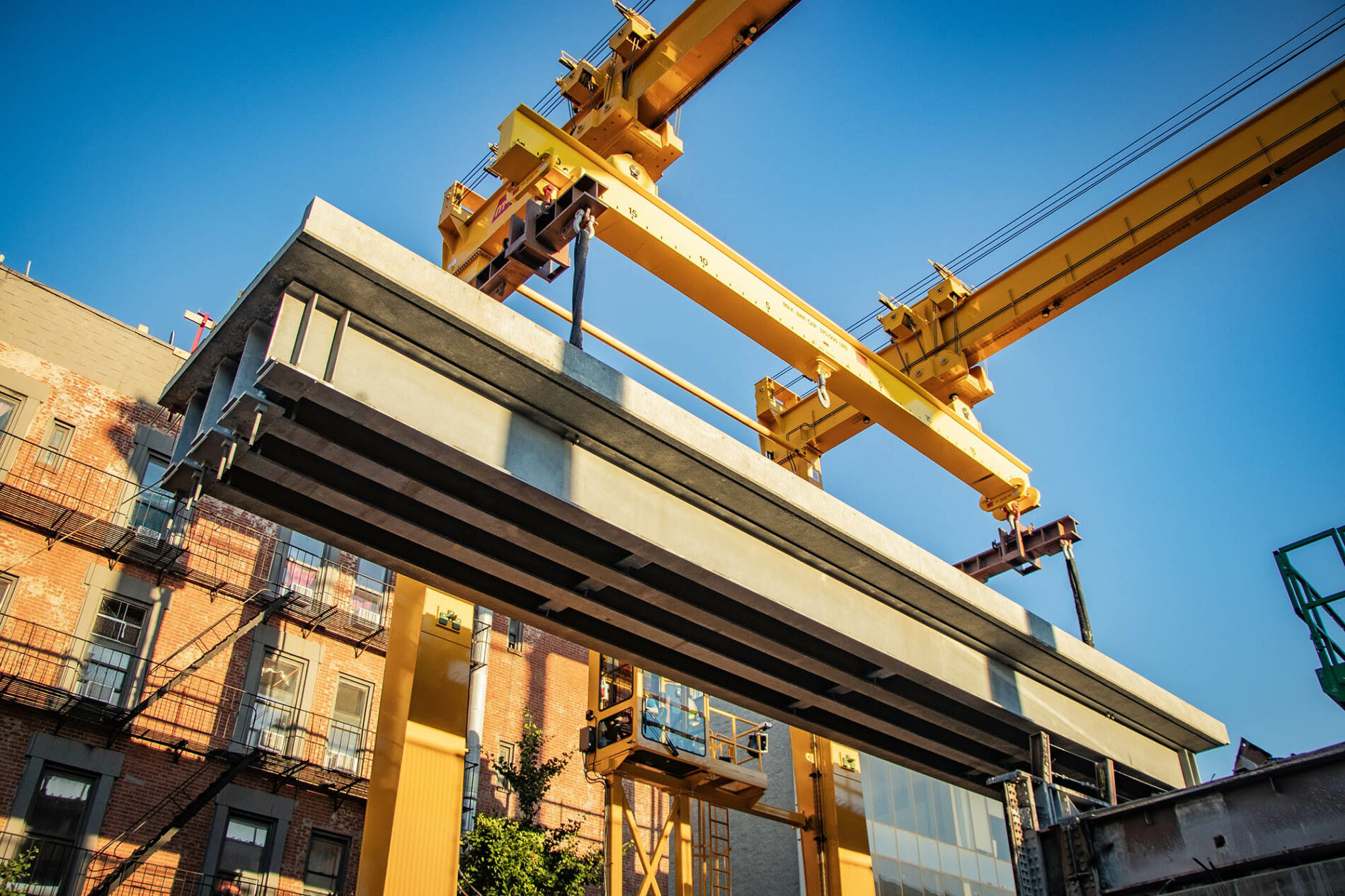
With 575 associates, the group is one of the largest employers in Washington County, New York (30-plus miles north of the state’s capital of Albany). Notably, all of these companies are employee-owned as of 2019, through a stock ownership plan.
Fort Miller Precast was formed in 1948, and only continues to grow. Today, the group’s facilities span a roughly 500-acre campus, allowing it to serve customers in the Northeast and East Coast regions of the United States.
The indoor facilities allow the precast company to better serve the construction industry, which is a year-round endeavor even in snowy or cold conditions: “Our facility is open year-round, where our associates don’t have to worry about the cold, the wind, or the sun while manufacturing precast products,” said President Scott Harrigan.
“Our facility is open year-round, where our associates don’t have to worry about the cold, the wind, or the sun while manufacturing precast products.”
One of Fort Miller Precast’s strengths is providing “invisible construction” products. An example is its prefabricated bridge unit product, which the company began making in 1988. This line of business alone has allowed Fort Miller to provide 1.4 million square feet of bridge deck, across more than 175 projects.
Another example is Super-Slab®, which has eight U.S. patents and has been used in both the United States and Canada since 2001. The company estimates it has provided 50% of the precast pavement installed in North America, across 180 projects and more than 4.3 million square feet.
Harrigan said there are customers, to this day, that continue to buy this invisible construction infrastructure – due not only to Fort Miller Precast’s ability to produce these products quickly and efficiently, but also because of their service, reliability and ability to provide precast solutions to their customers.
Another significant segment of the business focuses on the design-build contracting method of project delivery, when Fort Miller Precast works with contractors to provide precast concrete products and solutions for an owner. Fort Miller Precast’s advantage to design-build customers, Harrigan emphasized, is not only the quality of its product, but our extensive history: “Because we’ve been around for so long and we’ve experienced so many different types of projects and we have been exposed to a lot of creative solutions.”
Four high-profile projects in recent years showcase the range of work Fort Miller Precast provides.
Little Island at Pier 55 (Manhattan)
The roughly $260 million, 2.4-acre project was funded by billionaire businessperson Barry Diller and is located near 13th Street in Hudson River Park. Fort Miller’s contribution was to provide 132 one-of-a-kind precast concrete supports for the public park, each of which has five unique petals.
The design team for the project, Harrigan said, had approached several manufacturers before reaching Fort Miller. “They were told, ‘You’re crazy’ or ‘This is not a precast job.’ They approached us, and we said, ‘Why don’t you come in and tell us more?’ “
Harrigan said that the success of the project hinged on the collaboration with the design team, project manager and erection company. “We used a lot of custom foam formwork on the project,” he said. This allowed Access Anvil, a sister company to Fort Miller Precast, to open a sub business with milling machines to create these 3-D foam forms, presenting “a huge growth opportunity.”
Grand Central Terminal (Manhattan)
Fort Miller Precast provided precast concrete for the East Side Access Project, which extended the Long Island Rail Road (LIRR) service into Grand Central Station. Fort Miller provided more than 3,300 architectural and structural precast elements, such as custom groin ribs, support beams and platform panels for pedestrian traffic, and precast wall panels with architectural finishes.
Aside from the sheer size of the project, Harrigan shared that working underground was one of the more difficult aspects of the project. Elements had to be delivered on trucks more than a mile through the train tunnels, where the elements had to be handled with cranes and set within the caverns.
Naturally, lots of planning went into the work ahead of time with the contractor and designers, who asked for extensive pre-bid consultations “because they wanted to make sure that the concepts would work,” Harrigan said.
Governor Mario M Cuomo Bridge (fka Tappan Zee Bridge) (between Tarrytown and Nyack, New York)
This three-mile New York City-area bridge is a major commuter viaduct, bringing in roughly 140,000 vehicles daily from interstates 87 and 287. Fort Miller Precast was contracted with the customer to provide precast elements that could last a century.
Fort Miller Precast’s contribution included 975 precast bridge deck panels and several modular bridge elements. The deck panels were cast with a high-strength concrete mix having strengths that exceeded 10,000 psi, with strict quality control standards.
Utilizing precast helped to maintain the finish and quality by manufacturing the precast in an interior environment – a practice that Harrigan says also allows them to save on time and labor, rather than forming and casting the concrete in place over the Hudson River.
Fort Miller Precast also used patented products – including Super-Slab® pavement, sound absorptive walls and T-WALL® retaining wall units.
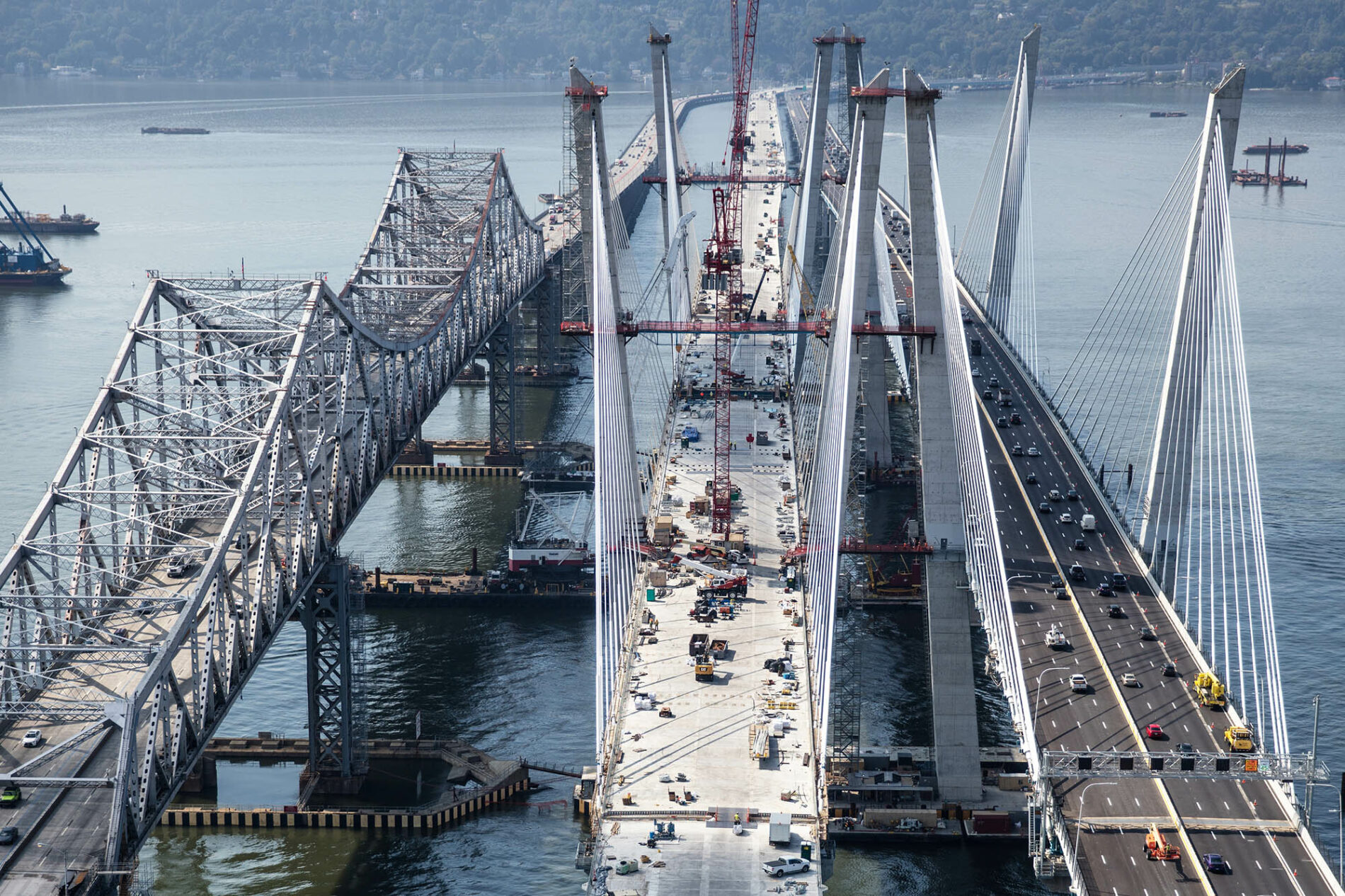
Park Avenue Viaduct (Manhattan)
This project, currently ongoing, will allow Metro-North Railroad trains with thousands of daily passengers to make their way to and from Grand Central Station using Fort Miller Precast prefabricated bridge units. The general contractor customers – Halmar International and American Structural Works – are working to install the bridge units, which will include 192 prefabricated units from Fort Miller Precast.
It’s a challenging project, which is being done in off-peak hours to minimize commuter disruption. “Every bridge unit delivery is a super-load, meaning it has to be escorted with multiple state troopers, plus private escort vehicles,” Harrigan said.
Installers work to cut out portions of the elevated railroad track, prep it, and then put Fort Miller Precast’s pieces back up with the rails already installed. “When they set it in there, it matches the track before and after – so that when the trains go back over it on Monday, it’s like the bridge was never disrupted,” Harrigan said.
These high-profile projects have brought Fort Miller Precast a lot of business, but Harrigan said the firm continues to invest in materials and methods to stay on the leading edge. Fort Miller is also building a new 35,000-square-foot building – adding to its quarter-million-square-foot footprint of heated production space – to keep up with demand.
Meeting this challenge is part of Fort Miller’s desire to work with customers on challenging projects, from invisible construction to unique designs.
“One of the mantras that we’ve maintained is, ‘Your imagination is our only limitation.’ Meaning, if you have something unique that you want to build, just bring it to us and we can help you with a solution.”


